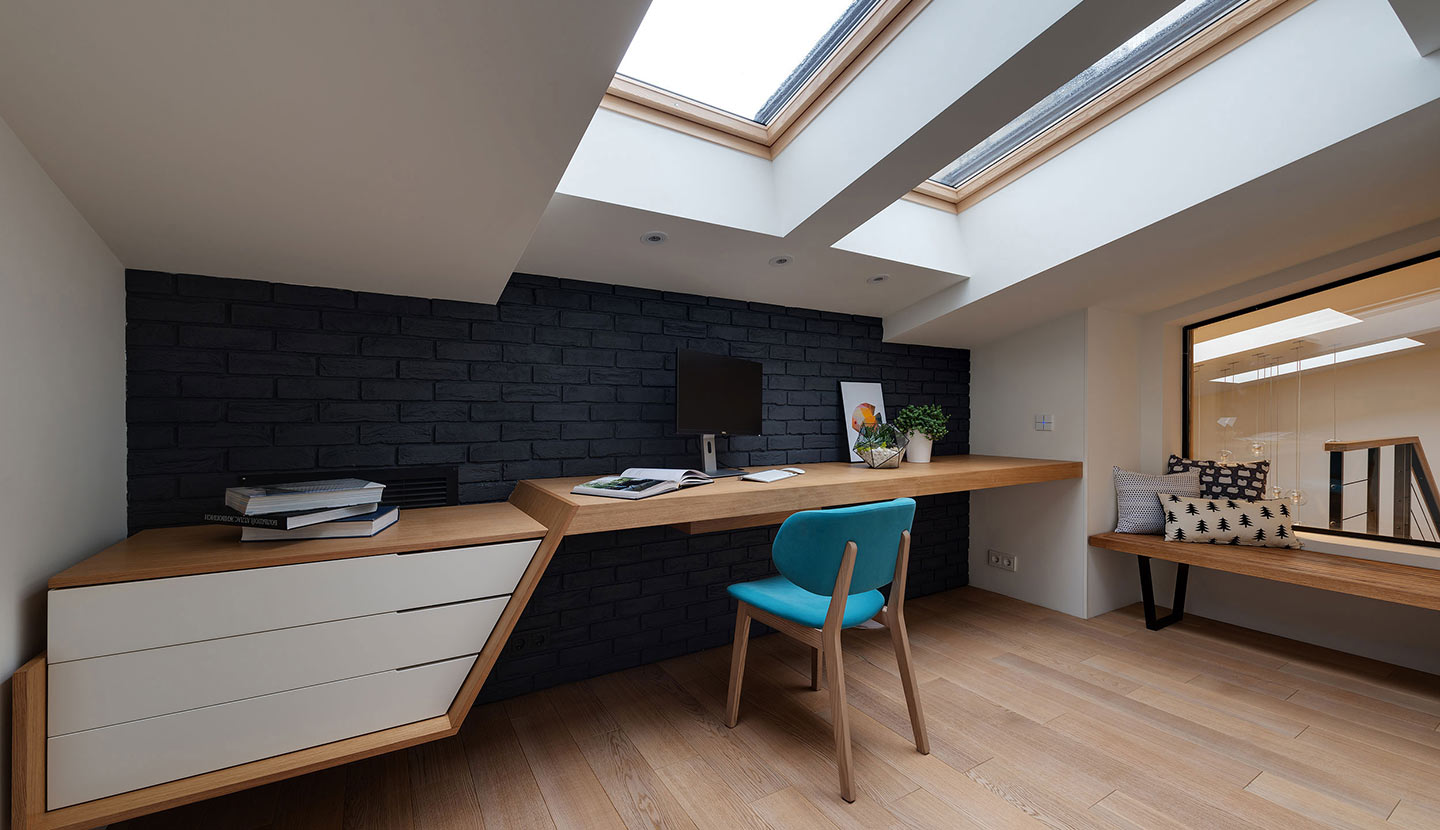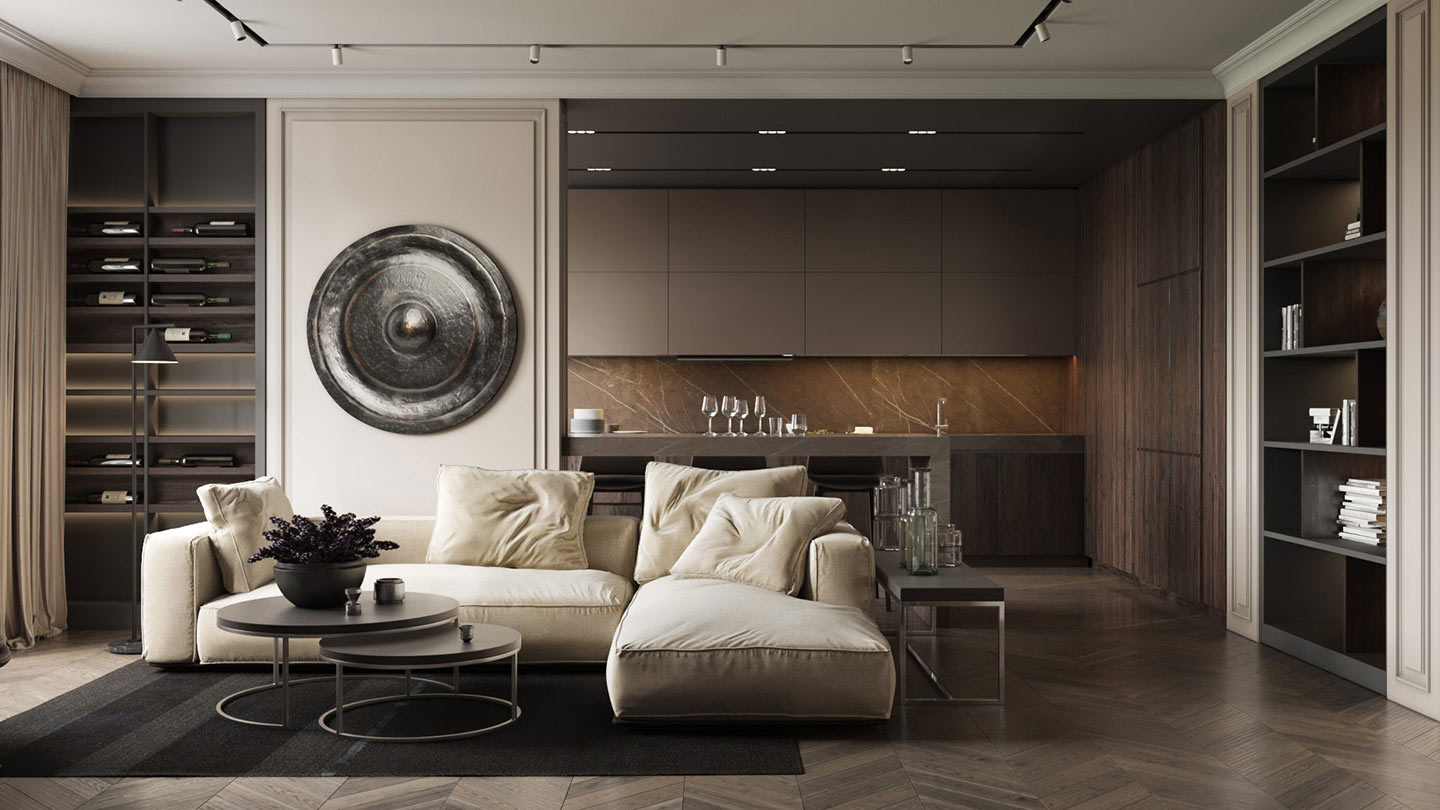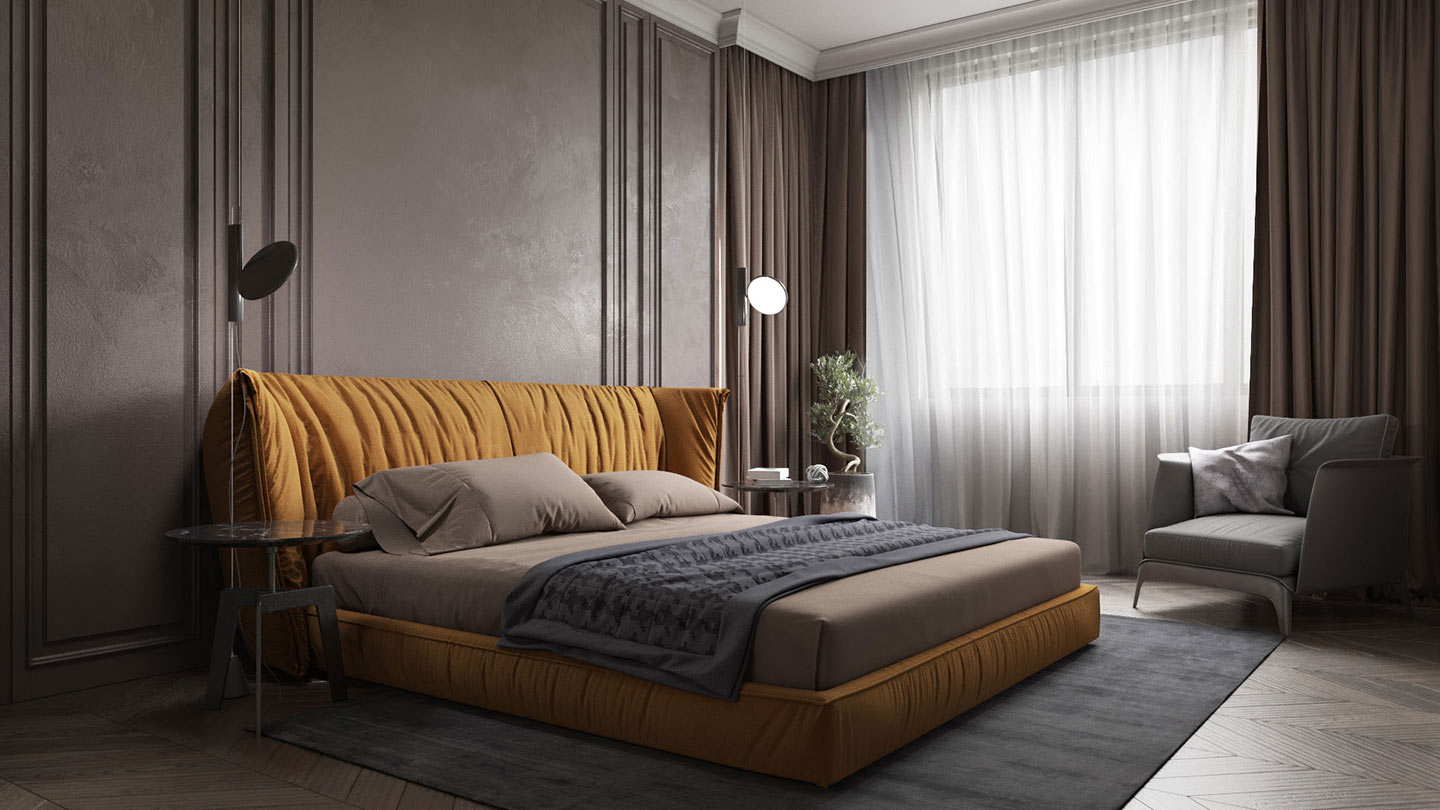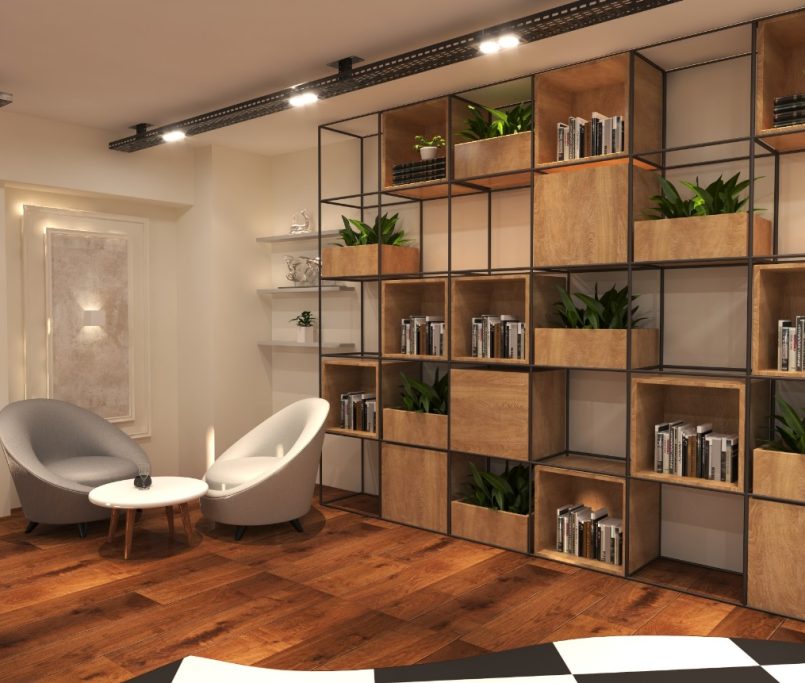Home Interior Design Services in Bangladesh – Enhance Your Living Space with Alif’s Engineering
The Importance of Home Interior Design
Designing a home is a multifaceted task that involves more than just visual appeal. It aims to improve comfort, enhances the functionality of the house, as well as the overall lifestyle of residents. Whether you are furnishing an apartment, building a new house, or just looking to improve your living area, it pays to have expert assistance.
What We Offer in Residential Interior Design
At Alif’s Engineering, we focus on residential interior designs. Our Khalishpur, Khulna, and Dhaka teams stand out for practicality and creativity backed by the ability to work under budget constraints. Our success rate in home transformation projects speaks for itself and leaves we are always satisfied with the end result.
Our Home Interior Design Services Include but Are Not Limited To:
Full Home Interior Design
- Complete home renovations and remodeling.
- Lifestyle specific designs.
- Traditional, contemporary, and modern styles.
Living Room Interior Design
Selection of stylish furniture & space arrangement.
- Ambiance lighting.
- Premium decorative wall panels, false ceilings, and trim.
Bedroom Interior Design
- Cozy and stylish bedroom designs.
- Custom wardrobes, storage, shelving and accent lighting.
- Soft color coordination.
Kitchen Interior Design
- Space-saving modular kitchen designs.
- Superior cabinet and countertop designs.

















